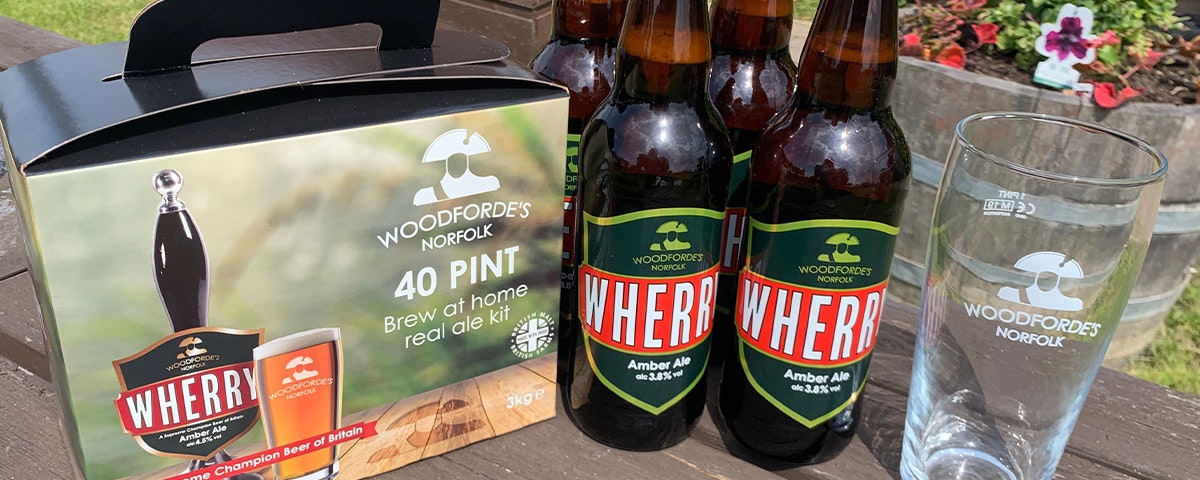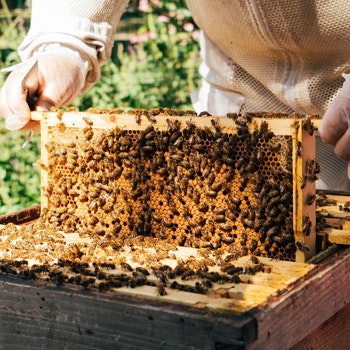Choose the Right Home Brewing Starter Kit
You want to give yourself - and your future brews - the best chance of success, so make sure you start off with a decent home brewing setup.
Contrary to what you might read, if you’re a beginner, don’t feel the need to invest in loads of equipment to start with: it’s likely you’ll already have some of your home brewing supplies lying around the house. A sealable food grade bucket is as effective to ferment your brew as a glass demijohn, or even more expensive options. Keep it simple when you’re starting out a new hobby. Woodforde’s extract kits are a great place to start; affordable, and relatively easy to use if it’s your first time.
That said, once you start getting serious about your techniques, it’s worth investing in the right home brewing equipment. Focus on finding a good thermometer and a wide range hydrometer - look for one in the 1000-1500 range if you’re brewing beers up to 5% ABV.
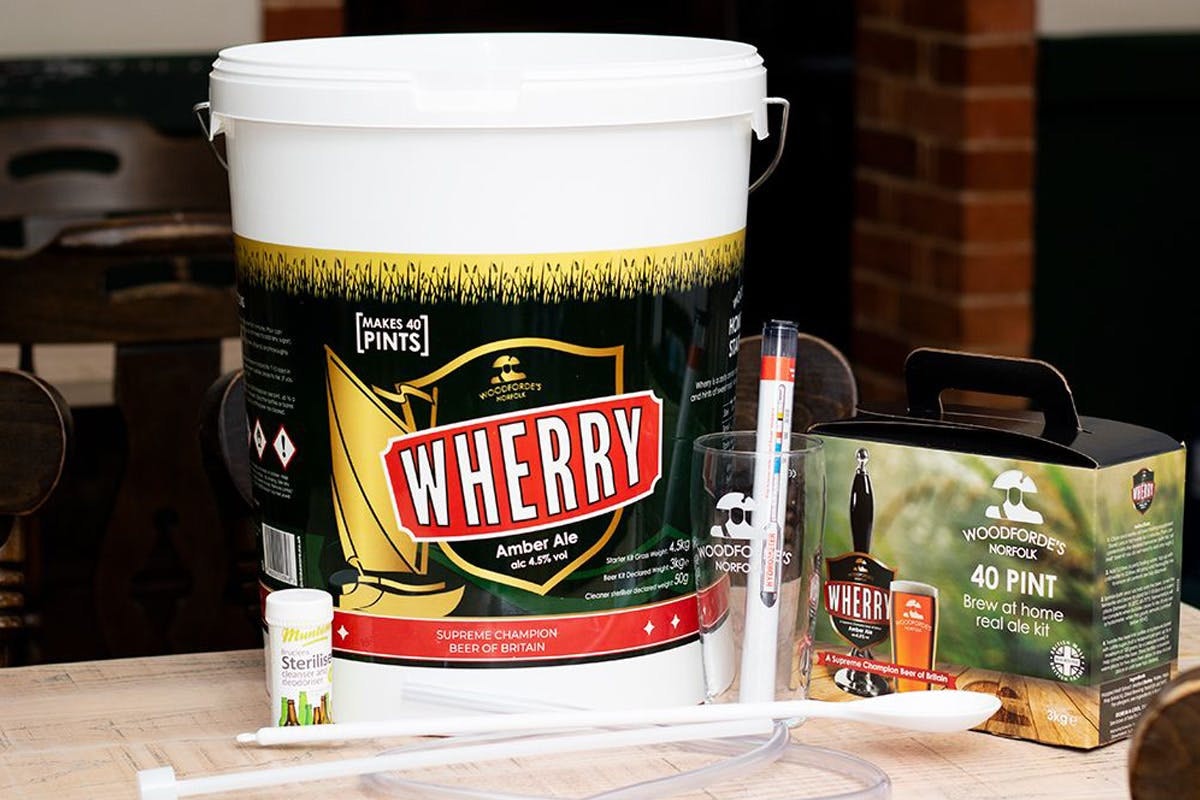
Sanitize Home Brew Equipment
Cleanliness is next to Godliness when it comes to home brew – make sure all your equipment is scrupulously clean before you start or no matter what you do throughout the brew it will already be at risk of going wrong.
Do not use chlorinated products to sterilise your equipment or you risk chlorophenolic taints (TCP) in your beer.
Care for Your Ingredients
How you care for your ingredients will affect the outcome of your beer. Dried & stale malt will only end up with the same flavours in the beer, so air tight containers are a must for both your malt and hops.
Never shock your brewing yeast by subjecting it to temperature extremes, even if it’s dried. It needs to be kept sealed in a temperature controlled environment and a gradual adjustment when moving from one to another.
Adjust Flavours in Home Brewed Beer
The higher the temperature during fermentation, the fruitier the final beer, try and control around 24°C unless you want more fruit character. Don’t be afraid to gently rouse your fermentation to achieve full attenuation (getting your yeast to consume all the sugars!).
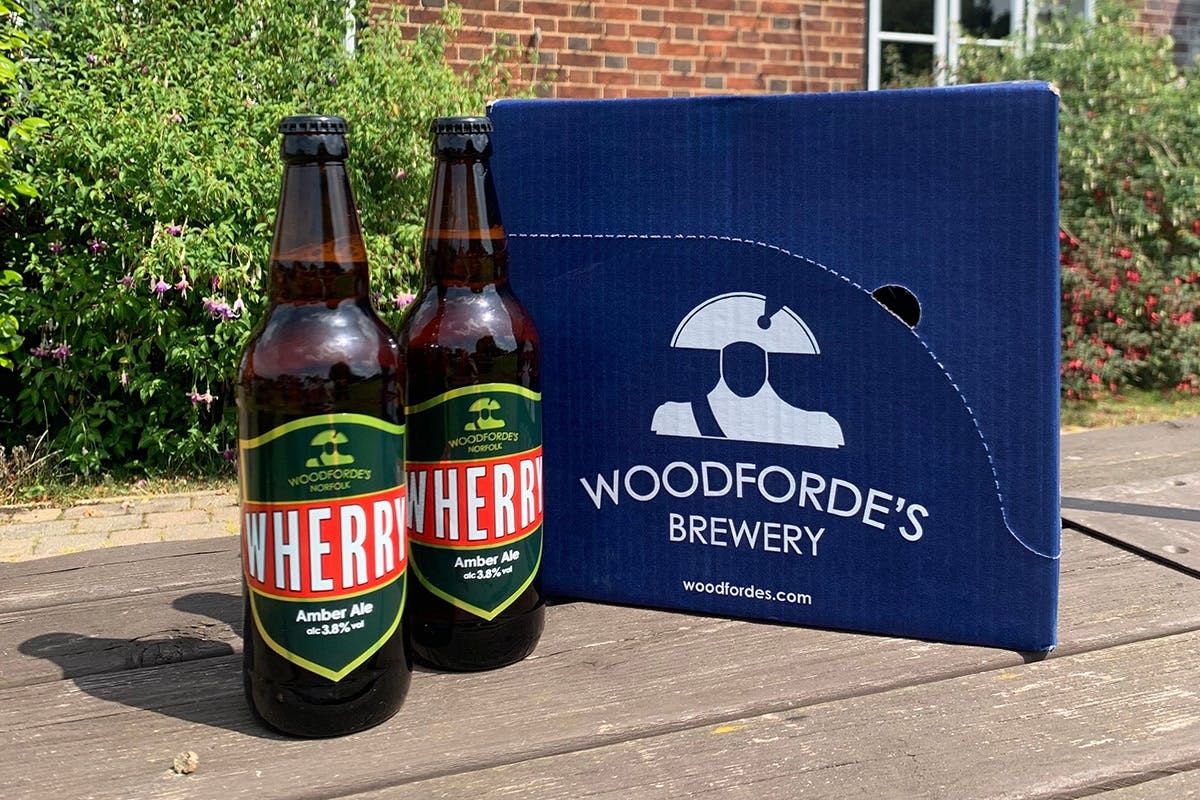
How to Make Sure You Get the Best Results
The most important thing to remember when you’re looking to get the best results from your home brew is that patience is everything. Don’t bottle your beer too early! Remember that 1 degree of gravity fermented is equivalent to 0.6 volumes of CO2, so partially fermented beer can become very lively when it’s in the bottle.
It’s also important to handle your beer gently. A bubble can only be formed once - meaning that if you create a lot of foam when bottling your beer, your head retention will suffer when you come to drink it.
How to Work out the Strength of Home Brewed Beer
Here’s a handy tip on how to work out your units correctly so you know what you’re drinking. Original gravity – present gravity x 0.129 = ABV in your beer; and mls of beer/1000 x ABV is the number of units that you are consuming when you drink it!
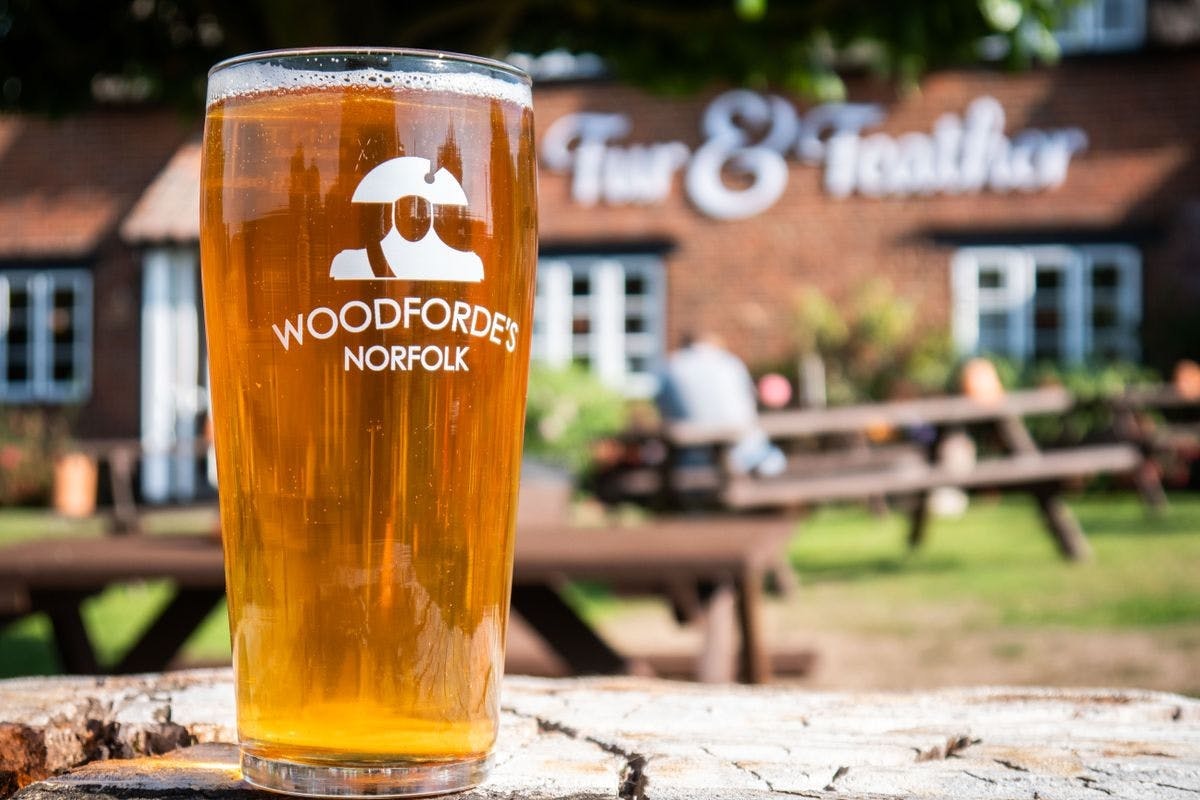
From humble beginnings in the 1960s, Woodforde's has grown from a partnership between two passionate home brewers to one of the UK's best-loved breweries. From brewery tours to beer subscriptions and home brewing kits, they offer a range of fantastic experiences for aspiring brewers and beer enthusiasts alike. Discover yours or give a perfect gift today. Find out more about their story here.
